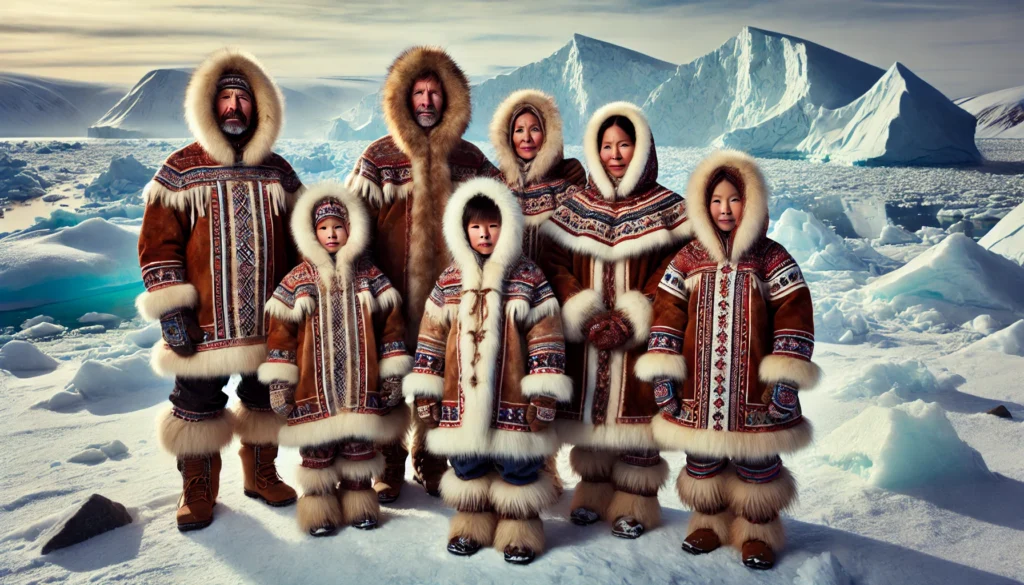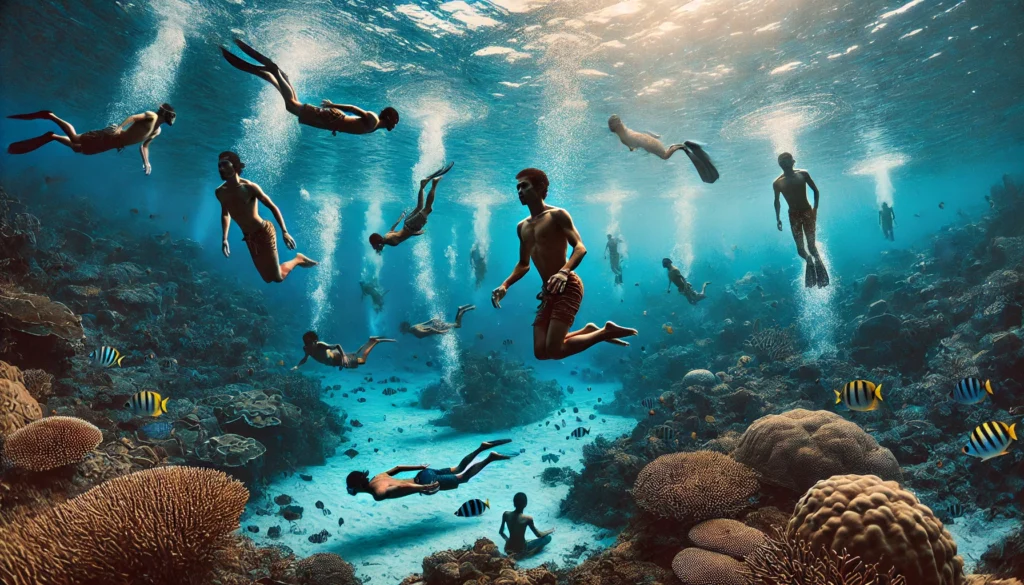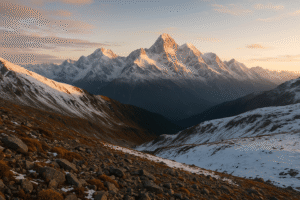When we think about extreme environments, what often comes to mind are the freezing temperatures of the Arctic, the sweltering heat of the Sahara Desert, or the crushing depths of the ocean. But how do humans survive, and even thrive, in such challenging conditions? The study of how humans adapt to extreme environments is an intriguing area that examines the extraordinary ways our bodies and minds adjust to endure some of the planet’s most unforgiving conditions.
Introduction
Humans are remarkably resilient, with an incredible ability to adapt to a variety of environments. Whether it’s scaling the high altitudes of the Himalayas or diving deep into the Indian Ocean, our capacity for survival and adaptation is truly remarkable. In this blog, we will delve into the science of human adaptation to extreme environments, exploring how our bodies cope with severe conditions and what this means for our future in an ever-changing world.
 Surviving the Cold: The Arctic and Antarctica
Surviving the Cold: The Arctic and Antarctica
One of the most extreme environments humans have adapted to is the polar regions. In the Arctic and Antarctica, temperatures can plummet to as low as -60°C (-76°F). Yet, indigenous communities like the Inuit have lived in these regions for centuries. Their bodies have adapted in several ways:
Increased Basal Metabolic Rate (BMR): The Inuit generate more heat by maintaining a higher basal metabolic rate (BMR), meaning they burn more calories at rest than individuals in warmer climates.
Insulating Fat: They have a thicker layer of subcutaneous fat that helps insulate their bodies against the cold.
Genetic Adaptations: Recent studies have shown that certain genetic mutations help the Inuit metabolize fats more efficiently, providing them with a more effective energy source in their high-fat diet.
Thriving in the Heat: Deserts and Arid Regions
On the other end of the spectrum are the deserts and arid regions, where temperatures can soar above 50°C (122°F). Here, the key challenge is not just the heat, but also the scarcity of water. Communities like the Bedouins of the Arabian Desert have developed unique adaptations:
Efficient Water Use: Bedouins can lose as much as 25% of their body weight through sweating without suffering from the severe dehydration that would typically affect others.
Clothing and Shelter: Their traditional clothing is designed to protect against the sun while allowing airflow, and their shelters are built to maximize shade and minimize heat.
Behavioral Adaptations: Activities are often conducted during the cooler parts of the day, and social structures emphasize communal living to share resources and support.
 High Altitude Adaptation: The Himalayas and the Andes
High Altitude Adaptation: The Himalayas and the Andes
Living at high altitudes, such as in the Himalayas or the Andes, presents unique challenges due to lower oxygen levels. The people of these regions, like the Sherpas of Nepal and the Quechua of Peru, have adapted remarkably:
Increased Lung Capacity: They have larger lungs and more efficient oxygen-processing abilities.
Higher Red Blood Cell Count: This adaptation helps transport more oxygen throughout the body.
Genetic Factors: Studies have uncovered specific genes that enhance oxygen utilization in people living at high altitudes, such as the EPAS1 gene found in Tibetans, which is associated with greater oxygen efficiency.
Deep-Sea and Underwater Adaptation: The Bajau People
The Bajau people, also known as “Sea Nomads,” have lived on the waters off the coasts of Malaysia, Indonesia, and the Philippines for centuries. They spend a significant portion of their lives underwater. Their adaptations are unique:
Spleen Size: They have larger spleens, which store more red blood cells and release them during dives, enhancing their ability to hold their breath.
Breath-Holding Ability: Bajau divers can hold their breath for minutes at a time, thanks to both physiological and possibly genetic adaptations.
Diving Techniques: Their diving techniques and training from a young age help them navigate and survive underwater for extended periods.
 Space: The Final Frontier
Space: The Final Frontier
Human adaptation isn’t limited to Earth. As we venture into space, we face entirely new challenges, such as microgravity and radiation. Astronauts undergo extensive training and medical preparations to adapt:
Bone Density Loss: Microgravity causes bone density loss, which is mitigated through exercise regimens and nutritional supplements.
Muscle Atrophy: To combat muscle atrophy, astronauts engage in regular resistance training while in space.
Radiation Exposure: Space missions include protective measures against increased radiation, and research is ongoing to find better solutions for long-term space travel.
Conclusion
The science of human adaptation to extreme environments showcases our incredible resilience and ingenuity. Whether it’s the freezing cold, the scorching heat, high altitudes, underwater depths, or even the vastness of space, humans have found ways to not only survive but thrive. As climate change and technological advancements push the boundaries of our environments, understanding these adaptations becomes increasingly important. It reminds us of our potential to overcome challenges and adapt to new realities.
Author’s Note
Exploring how humans adapt to extreme environments highlights the resilience and versatility of our species. It’s a testament to our ability to innovate and thrive under the most challenging conditions. As we face a rapidly changing world, let this inspire us to continue pushing the boundaries of human potential.
G.C., Ecosociosphere contributor.




